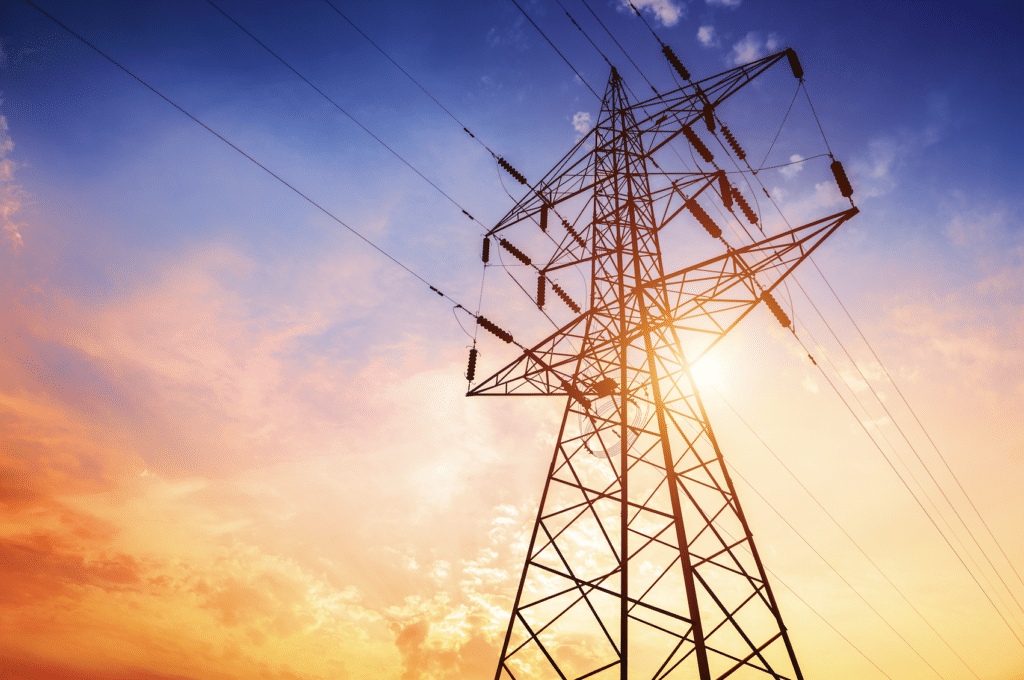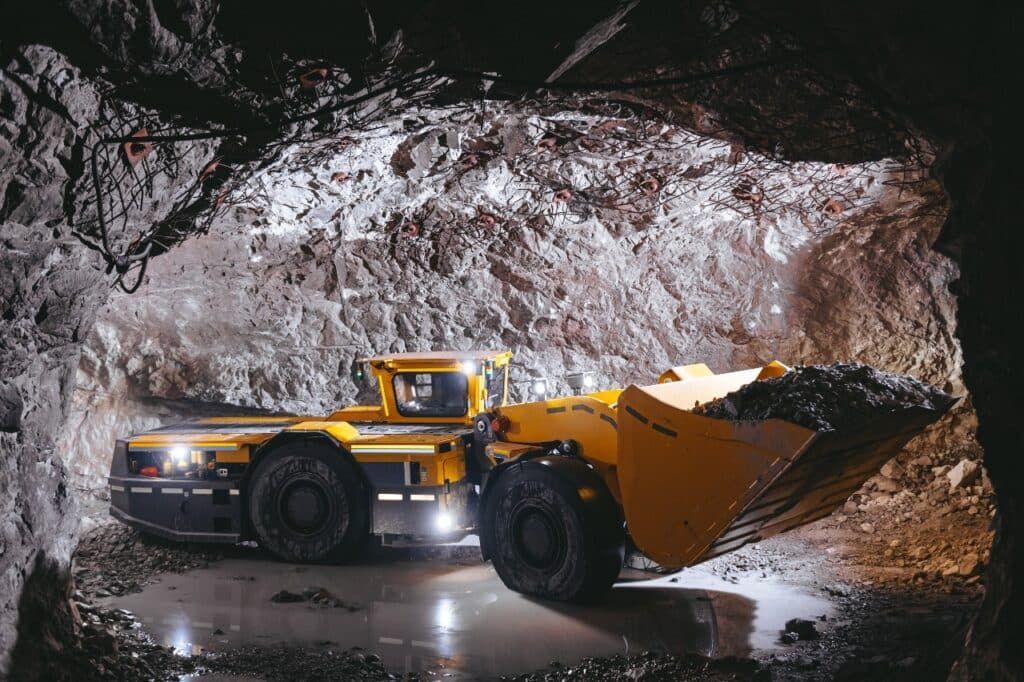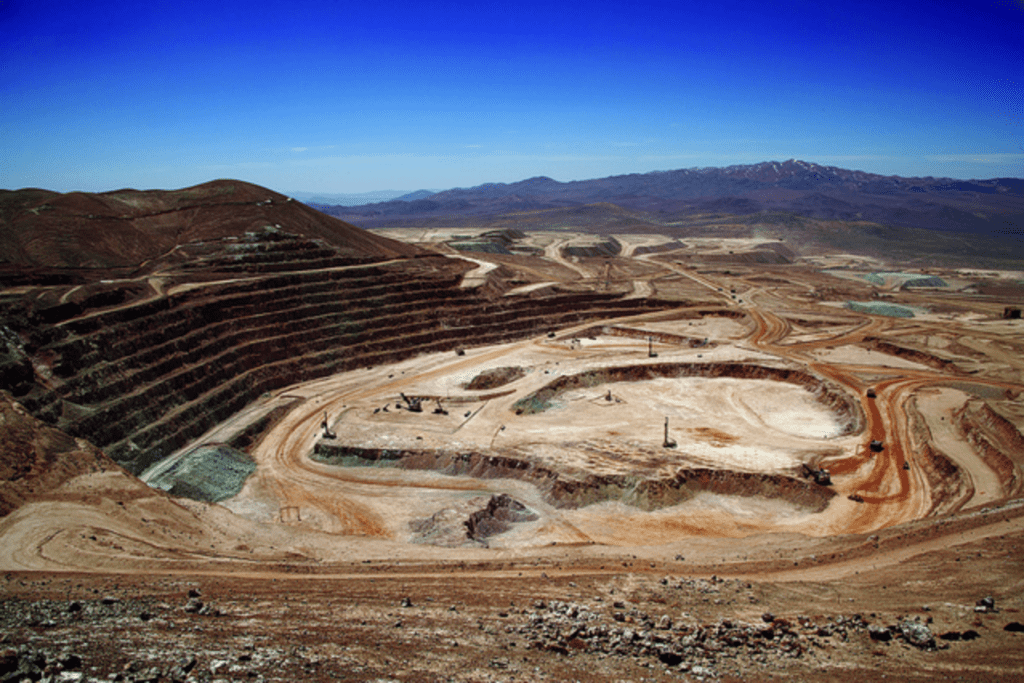ESG Watch: Why climate change is leaving mining firms between a rock and a hard place
For most of us, when we think about mining and the environment, it tends to be about water and air pollution, disasters such as the fatal collapse of tailings dams, or the global warming consequences of coal mining.
But the extraction of metals such as copper, nickel and cobalt will be increasingly important as we urgently seek ways to cut emissions from other building blocks of the global economy such as steel, cement and aluminum.
By 2050, the World Bank forecasts that demand for the metals and minerals used to produce the clean energy technologies that will be needed to meet Paris Climate Agreement goals will increase by almost 500%.
New mines will bring increased risks to nature and biodiversity. Conservation group Re:wild warned recently, for example, that more than a third of Africa’s great apes are at risk because of the surge in demand for the minerals that are vital for green technologies.
At the same time, the sector is itself becoming more vulnerable to the impacts of climate change, including increased flooding, heatwaves, drought and increased competition for water. A McKinsey study found that 30%-50% of production for copper, gold, iron ore and zinc is in areas of high water stress, and those figures are predicted to rise.
“In Chile, 80% of copper production is already located in extremely high water-stressed and arid areas; by 2040, it will be 100%,” the consultancy says, adding that 40% of Russian iron ore production will suffer from extreme water stress by 2040.
Recently, mines from Brazil to Germany have had to shut down temporarily because of water shortages, costing their operators millions of dollars. Reducing the water intensity of mining operations will be crucial to improve the resilience of production assets. Extreme heat and sea level rise are other climate impacts the sector will have to address.
The industry also faces pressure to cut its own emissions as businesses across the world increasingly look at the carbon impact of their supply chains.
“Although metals are not yet priced on their CO2 footprint, that day could come,” McKinsey points out.
Coal, which currently accounts for about half of the global mining market, may be flying high at the moment, but demand, not just from power generation but also from steelmakers and cement producers, will recede as the pressure to decarbonize increases. Many mining companies face having to rebalance their portfolios to replace revenues from coal production.
The Global Investor Commission on Mining 2030 was launched in 2023 to address key systemic risks that challenge the mining sector’s ability to meet the demands of the low-carbon transition. As they scale up production of transition minerals, “they must do so responsibly and without harm to communities and the environment – or risk conflict and opposition from host communities that will in turn undermine the global climate transition,” it says.
The commission, backed by $13 trillion of assets under management, is chaired by Adam Matthews, who is also chief responsible investment officer of the Church of England Pensions Board. He says the commission’s focus areas include artisanal mining, child labour, the impact of automation and the future workforce, indigenous communities’ and First Nations’ rights, impacts on biodiversity, climate change, tailings dams, conflict reconciliation and corruption.
“To meet our climate targets, a lot of mines need to be expanded or developed from scratch in areas with a lot of complex dynamics,” Matthews says. “We need a global focus on what is needed for the transition, and where those assets are located, communities need to benefit.”
Energy analysts Wood Mackenzie say the switch to net zero “will require a total rethink of what the mining and metals space is, and where it needs to be”.
The industry will have to electrify its operations as much as possible, not just through the use of renewable electricity but also by replacing giant diesel-fuelled trucks with alternatives powered by batteries or fuel cells, or using LNG, hydrogen and e-fuels. There will also be opportunities to improve efficiency through the use of autonomous fleets, while artificial intelligence and machine learning should also streamline operations and identify opportunities to cut emissions.
Matthews, however, stresses that mining works on a multi-decadal time frame that often comes up against short-term investor horizons. “A lot of these things take a considerable amount of work, real engagement with communities and challenge business models that focus on shorter time frames than the industry actually works to,” he says.
While there are a number of initiatives to help operators to reduce their impacts, these are not always well developed or universally applied. “There is a complex landscape of standards and we need some consolidation,” Matthews points out. “And in some areas, there are no standards. There was no standard for tailings until recently, for example, but one is now being developed.”
Schneider Electric’s Materialize platform, which it launched in April with the Global Mining Guidelines group and Glencore, is an initiative that aims to bring mining and minerals groups together to cut emissions in the sector’s global supply chain.
“There is a multitude of different players across mining, minerals and metals, of different sizes and with different capabilities to be able to decarbonize,” says Rob Moffitt, president, mining, minerals and metals at Schneider Electric. “Materialize was formed to help those companies create a critical mass across the value chain.”
One area where the platform could have a significant effect is in increasing the use of renewable energy. “By combining the purchasing power of different companies, we can accelerate the deployment of clean energy through utility-scale PPAs (power-purchase agreements),” Moffitt says.
The platform will also be used to engage thousands of suppliers, share best practice and allow companies to track emissions from suppliers.
“There will be far more pressure on the supply of critical minerals in future,” he says. “If we are going to decarbonize, we really need these industries. But we need to work out how to produce these minerals in a more sustainable way.”
Source: https://www.mining.com/web/esg-watch-why-climate-change-is-leaving-mining-firms-between-a-rock-and-a-hard-place/




